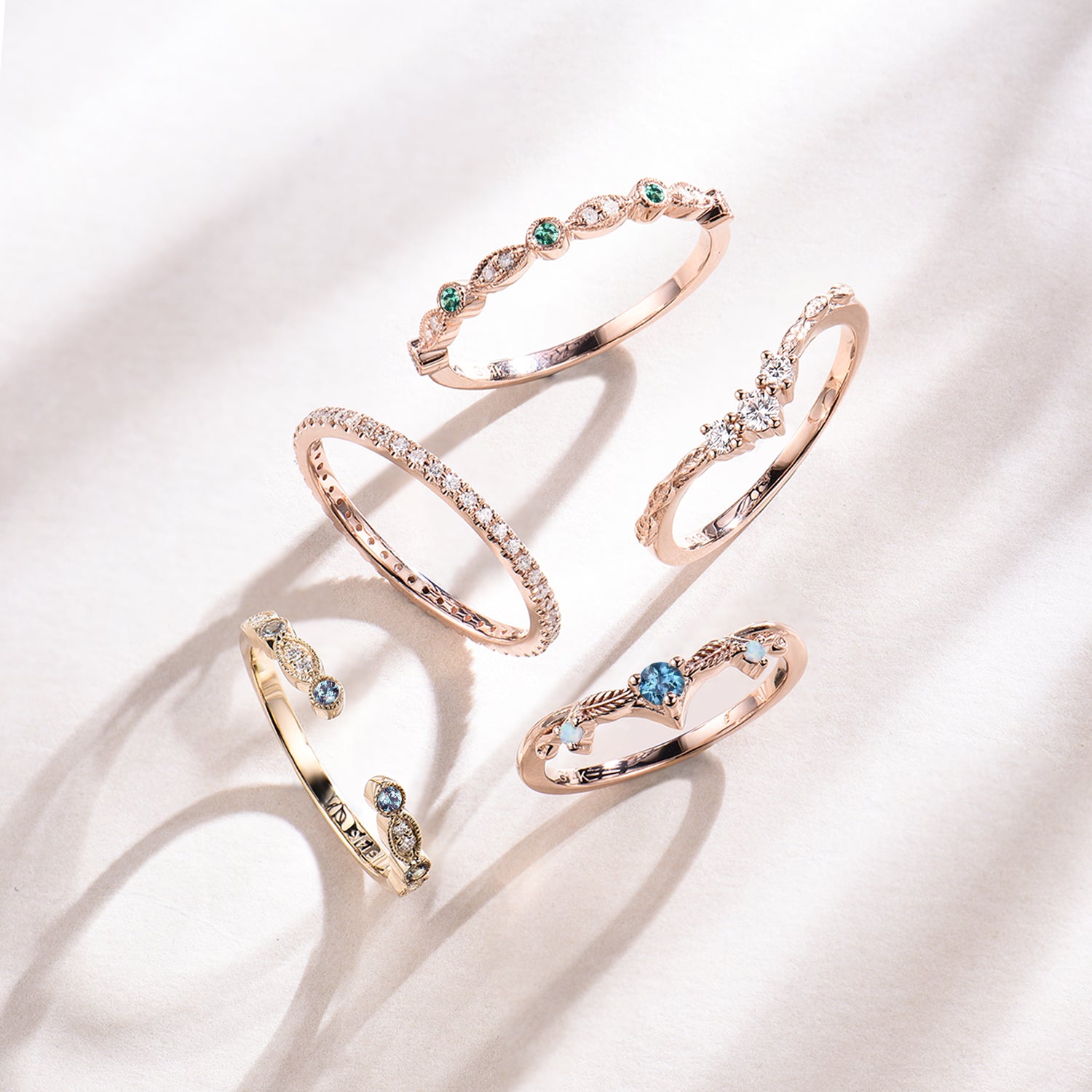All You Need to Know About Alexandrite Color Changing Property
Gemstones hold such fascinating stories, don't they? Each one has its own unique features that set it apart. But there's one gem that really stands out – Alexandrite. What's so special about it? Well, it has this incredible ability to change color, like a chameleon of the gem world. But what exactly is Alexandrite, and what makes it do this color-changing magic?
The True Alexandrite
Alexandrite is truly a gem of wonder in our world. It's crafted from a mineral called Chrysoberyl and is incredibly rare, making it a treasure highly sought after by many.
Its story dates back to 1830 when it was first discovered in the Ural Mountains of Russia. Back then, it was even named the official gemstone of the USSR. But soon enough, it was found in other corners of the globe, from Africa to Brazil and Sri Lanka.
This gem holds special meaning too. It's considered the birthstone for June and is often chosen as the perfect gift for 55th anniversaries. But what really sets Alexandrite apart is its magical color-changing ability. By day, it might resemble an emerald, but as night falls, it transforms into a purplish-red hue. This ever-changing color leaves people both amazed and puzzled. And while lab-created versions of Alexandrite also showcase this mesmerizing feature, the mystery of how it changes color remains a topic of fascination for many.
Alexandrite Color Changing Explained
The magic of alexandrite's color-changing act often comes down to the traces of chromium nestled within the gem. This element eagerly absorbs incoming light, particularly in the blue and yellow spectrums. With its sweet spot at 580nm, even a slight change in lighting can prompt alexandrite to switch hues.
When light dances upon alexandrite, it absorbs some wavelengths while reflecting others. Notably, it's a pro at bouncing back those lush green wavelengths, which is why you often see it shimmering green during the day.
But here's where things get interesting. Move alexandrite away from sunlight and under a fluorescent lamp, and suddenly, it's all about the red hues. With less green light to reflect, red takes the spotlight, showing off a whole new side of this captivating gem.
Reflections of Alexandrite from other Countries
Alexandrite’s color has been known to vary from country to country where it is found. In Sri-Lanka for example, alexandrite’s color is very distinct - spotting a brownish hue when it changes its color. In Zimbabwe, alexandrite takes on a more darker purple coloration, while in another African country, Tanzania, alexandrite is much more lighter when compared with the others. In Brazil, Alexandrite color transformation sees the gemstone cross over from blue to purple. It is worthy to note that the most sought after variants of alexandrite stones are those of high color changing capabilities.
Alexandrite Gemstones Are Rare
Beyond its mesmerizing color shifts, the attraction of alexandrite lies in its rarity, a trait that sets it apart in the world of gemstones. Uncut specimens of significant size are exceedingly rare, with the largest known weighing in at around 66 carats, currently in Washington DC.
Alexandrite comes in a variety of shapes, but it's the elegant pear and marquise cuts that capture the imagination of many. Yet, amidst its natural scarcity, synthetic versions have emerged, imbued with chromium elements to mimic the captivating color-changing properties of the genuine stone.
The Federal Trade Commission (FTC) vigilantly oversees these processes, advocating for transparency in the gemstone market. They advocate for full disclosure from producers, ensuring consumers are informed about the treatments applied to synthetic stones, thus upholding integrity and ensuring customers receive genuine value for their investment.
Conclusion
The captivating beauty of alexandrite gemstones enchant anyone who behold them. Because it is quite rare, scientists are trying to recreate their magic artificially. Besides this pursuit, it's important to differentiate between the authentic and the synthetic varieties. Each alexandrite, whether natural or synthetic, carries its own story and value, deserving of recognition and respect. By honoring this distinction, willwork jewelry preserve the integrity of the gemstone industry and uphold the trust of those enchanted by the beauty of alexandrite.
















